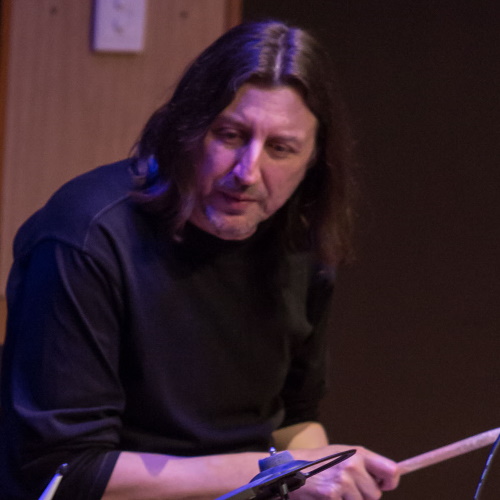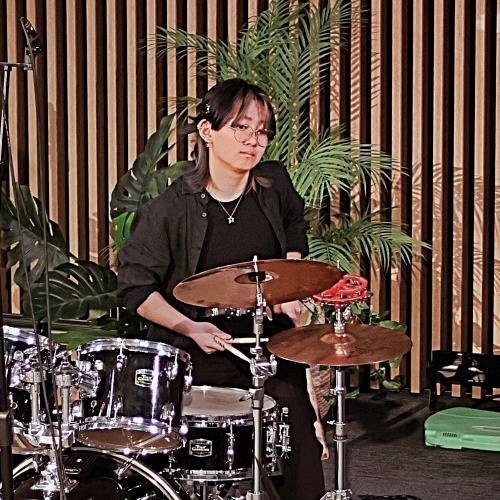Drum Lessons
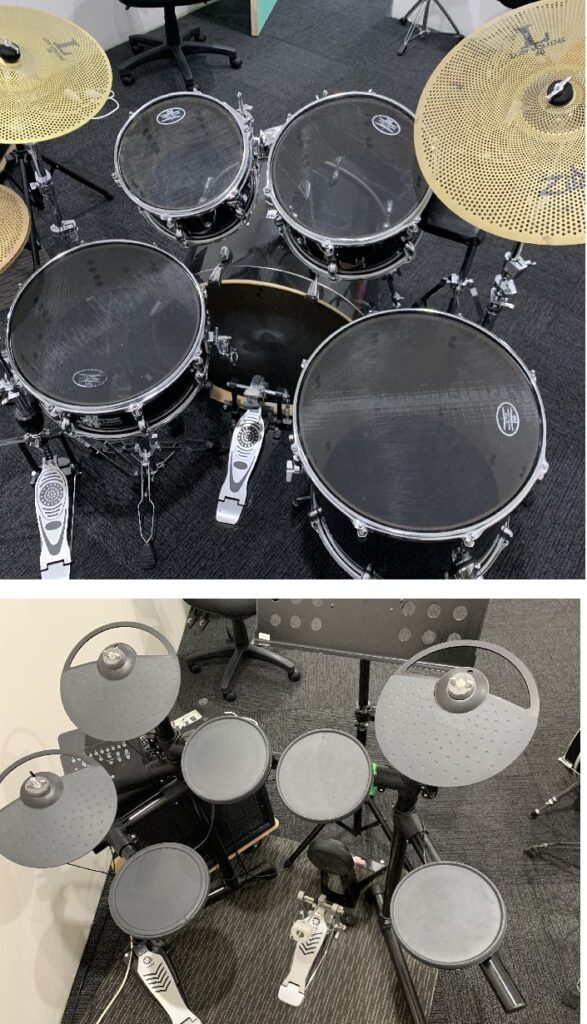
What are Drums?
The drum is a percussion instrument that is played by striking a membrane with a stick (or mallet) to cause it to vibrate. The vibration is then amplified by the shape of the drum, which causes it to echo and produce a louder noise. Drumheads can vary in size and material, which in turn affects the tone, pitch, and volume of the sound. Typical drum kits are also accompanied by cymbals, which produce sound when the metal disc vibrates when struck.
How hard is it to learn?
Lessons in drumming begin with training in coordination and timing, which teach beginner players the beats and grooves that are the essence of drumming. This training can be done with a drum pad, which is comparatively cheap, thus initiating training in drumming is relatively low cost. However, as you advance your lessons, more complicated rhythms and grooves may require practice with a full drum kit, which is an investment even for the cheaper electronic variants. Even in early stages, drumming is a physically demanding instrument that will require players to exert their arms and legs for some of the more challenging drum grooves.
Why should I learn it?
Learning the drums is great for building a sense of beat and rhythm, which are essential for any musician. Drums themselves can be played in a wide variety of musical genres and are also a lively addition to any ensemble. After learning the drums, it is also possible to transition to more melodic percussion instruments such as the xylophone or marimba.
Types of Drum Lessons
Private Drum Lessons
One-on-one personal instruction with an experienced drum teacher. Individualised teaching allows for targeted lessons based on what you need as a student, greatly enhancing the learning experience and efficiency.
